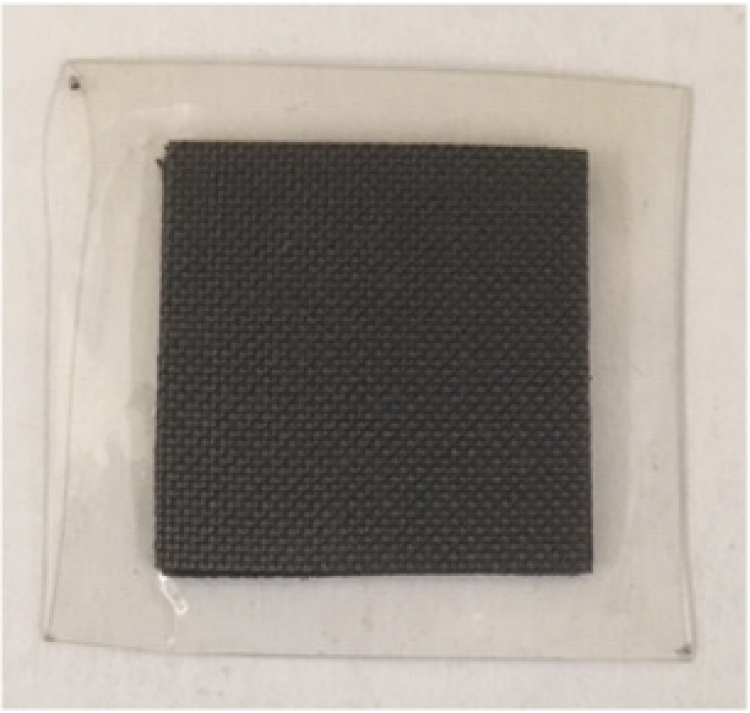CU Boulder and Anschutz experimenting with blood sugar to power prostheses

CU Boulder and CU Anschutz researchers are developing a new technique to harvest electricity from blood sugar to power medical devices as part of a project with Department of Veterans Affairs.
The proposed device would use a flexible, cloth-like membrane electrode that can generate electricity as blood flows over it. The technology would be the first of its kind and could provide a new avenue for a reliable and compact power source for use in prostheses and implantable medical devices such as pacemakers.
While the concept is intriguing, CU Anschutz Bioengineering Associate Research Professor Richard Weir said there is still a lot of work to be done to make it a reality.
“Researchers have been trying to do this for years because of the benefits to patients, but we think using the new membrane constructs will enable us to succeed and make this leap,” said Weir, an expert in artificial limb design. “For now there is a lot of work to be done making a prototype and getting to our ultimate goal of a fully implanted system in the body.”
Weir is joined on the project by CU Boulder Research Professor John Pellegrino – an expert in membrane sciences – and Engineering Plus Instructor Jacob Segil. All three are part of the Multi-functional Materials Interdisciplinary Research Theme within the College of Engineering and Applied Science at CU Boulder.
The VA is funding the research with a Small Projects in Rehabilitation Research grant through the Rocky Mountain Regional VA Medical Center.
The team’s device operates on commonly understood chemical reactions and principles to create the necessary electricity. Human blood is full of glucose, a naturally occurring sugar that fuels the body. The anion exchange membrane and catalysts the team are using react with those sugars, creating electricity as a byproduct. That reaction can be fine-tuned by modifying the membrane, using novel materials science techniques and new fabrication approaches to maximize the amount of electricity produced. Pellegrino said it was a promising application.
"Our multidisciplinary team was prompted by the realization that prosthetic devices are meant to do the same workloads as a normally functioning body part that is already powered by the sugar in our blood supply,” Pellegrino said. “So why not re-create that direct connection with advanced materials and engineering design?"

Membrane electrode assembly
The team is quick to note they are still a year away from actually testing the system with blood and are only focusing on uses for prosthetic hands for now. They will also eventually have to consider related issues such as how a user’s water or food intake may affect the amount of electricity produced or how this system would interact with other health issues related to blood sugar like diabetes.
However, the proposed technology could eventually replace the heavy rechargeable batteries in current prosthetics with a handkerchief-sized piece of the fabric-like material. Doing so would improve the quality of life for patients by increasing their mobility, removing the need for constant charging and further integrating the systems into the body. That last aspect is particularly important for their mental health and well-being.
The system could also enable new forms of treatment and monitoring through miniaturized devices that would be free of large battery requirements.
Segil has many ongoing projects with the VA on prosthetics and said this is a natural extension of that work, which aims to help and heal patients in everyday life.
“Every step we take towards using the existing physiological methods in our artificial devices improves the outcomes for people with amputation,” he said. “We hope that one day people with amputation can power their physiological and artificial limbs from the same source: food!”

